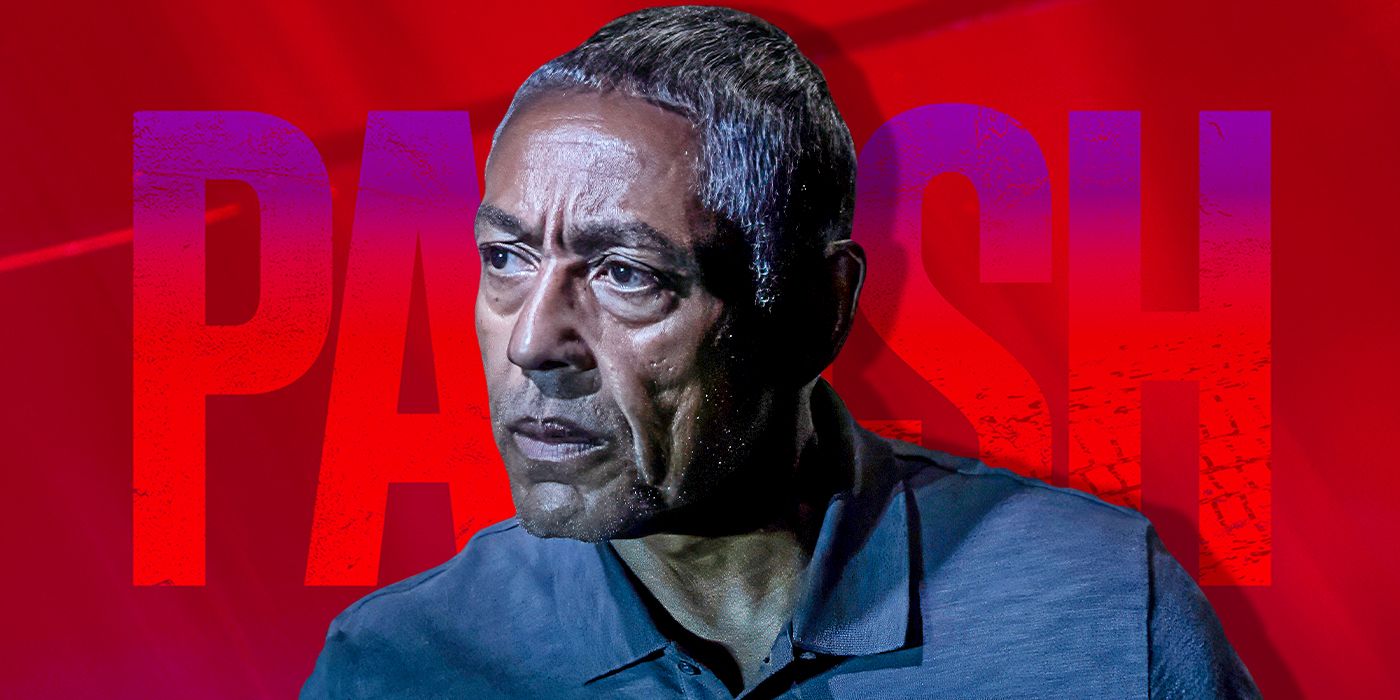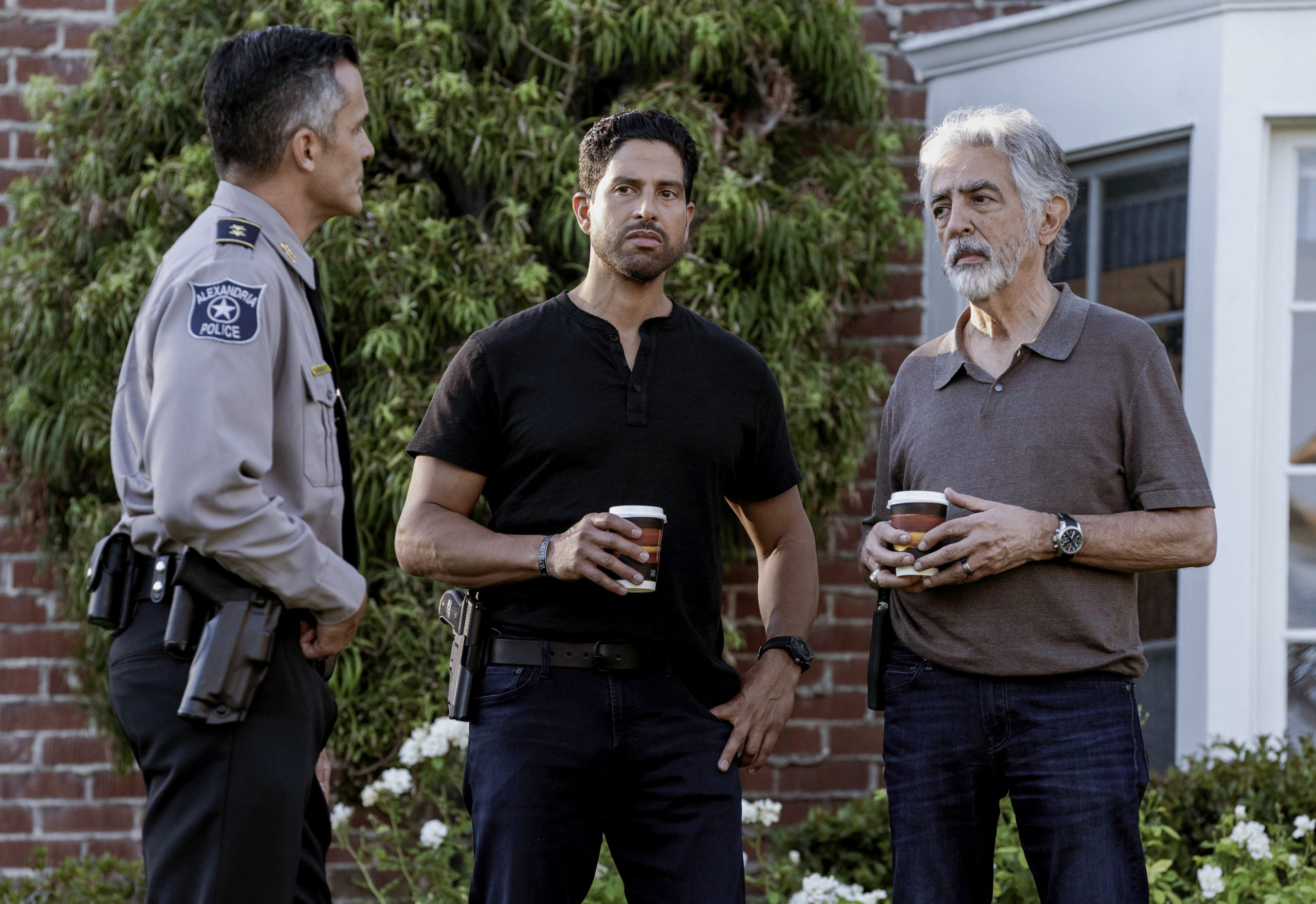Those of us who advise about martech stacks can go pretty deep on topics like service and platform boundaries and intersections, and we have strong opinions on what a future-proof stack should look like for any given enterprise. Just look at Real Story Group’s latest reference model:
But what about the teams that actually run and leverage those platforms? How should the people who manage and run martech be organized? Where should they fit in the larger organizational structure?
I’ve long believed that organizational design for martech constitutes more of an art than a science, but perhaps that’s just because I’ve never seen a large and clear enough data set from which to draw useful conclusions.
As a first step towards better research in this area, Real Story Group invited our MarTech Stack Leadership Council to share and critique each others’ organizational models. I can’t describe the details because these sessions are confidential, but the high-level discussion was fascinating, and some patterns emerged, which I’ll share below.
A trend toward global
RSG Council member organizations are larger enterprises, usually with an international or global footprint. Over time, I’m sure you’ve witnessed the push-and-pull dynamic between globally central control vs. local autonomy for digital. Council members indicated that Covid (among other factors) has lately pushed the pendulum towards centralized operations.
One general theme was: “Centralized platforms, with local expression.” This means every business line or region might use, for example, the same outbound marketing platform, but deploy campaigns locally. For some this was the only way to scale during a period of intense growth in digital customer touches. It also creates space for an overall compliance framework and ops team to support ever-expanding local privacy regulations.
Applying the chart above, the more foundational the platform, the more likely you can successfully apply it globally. As you get closer to the customer (i.e., move up the diagram), the more local teams may need their own capabilities, e.g., for outbound campaigns and messaging, or social media management.
Growing operational control
The trend toward centralized platform management also extends to product management. Here again, individual marketing and customer-experience execution teams may vary in how they use a central platform, but most RSG Council members have carved out a core team defining the stack, and — critically — setting individual platform roadmaps.
This often requires central martech teams to serve in a consultative way. We saw several models for executing on martech centers of excellence. Some Council members have marketing services organizations, similar to or combined with internal agencies, often working with a centralized DAM/omnichannel content platform, outbound marketing platform and/or CDP.
This trend has not come without push-back. Nevertheless, greater centralization and growth of formal martech operations can bring a solid business case, especially around efficiency. It can provide faster time to market, asset and campaign re-use and formalized lesson-capture. Centralized ops can also bring faster time to value when entering new markets. “This is the only way we could get to scale across markets,” observed one stack leader.
This doesn’t mean that these run in a vacuum. In nearly every case study, we saw a steering committee representative of broader institutional stakeholders, including IT, enterprise data, and key adjacent services, like sales and/or support.
Enduring friction points
Several points of friction endure for centralized martech teams, and different Council members addressed them (or not) in different ways.
Should martech teams embed or partner with IT? At RSG we tend to see a mix of both models. Marketing teams still struggle to manage and retain heavier-duty (often back-end development) talent. Also, systems integrators often prove essential for heavy-lift projects.
A similar dynamic arises around analytics. Marketers need ever-faster reporting and optimization cycles, with reference to non-marketing data (like sales transactions). This function tends to straddle marketing and BI departments, not always comfortably. Savvy teams are building internal data analytics skills, but may not have access to all the data or tools this requires.
On the plus side, there’s a growing consensus around savvier enterprises that AI/ML is best considered an enterprise concern. Prudent martech leaders will remain cautious about having potentially immature AI/ML services embedded in marketing and engagement platforms.
Inevitably, martech operations encounter the limits of centralization. The pandemic has spawned more cross-functional teams (a good thing!) and any large enterprise will experience waves of localized initiatives.
The picture below is from a Council member org chart. It shows how the central team has to increasingly serve an interwoven set of other initiatives and tiger teams. Adaptation from a central core of capabilities becomes the watchword, as strategic martech operations respond to shifting tactical needs.
Conceptual convergence, descriptive diversity
At one session, eight Council members presented org structures and another 20 commented on them. I was struck by the diversity of visual representations, even if members seem increasingly aligned on the substance of where they’re going organizationally.
It’s possible we still lack a common vocabulary — and certainly universal visual metaphors — for describing these issues. Still, I’m certain we’re going to discuss more on this topic when Council meets in person (finally!) in September. In the meantime, I hope you found this summary useful, and feel free to share on LinkedIn if you’d like to continue the conversation.
Opinions expressed in this article are those of the guest author and not necessarily MarTech. Staff authors are listed here.























































![Key Posting Tips for LinkedIn, Instagram and Facebook [Infographic]](https://www.socialmediatoday.com/imgproxy/uwYsGyDUsUBbB4Cwz2Uwpi3PEFCIw-2qXdVfNZgKP2I/g:ce/rs:fill:770:435:0/bG9jYWw6Ly8vZGl2ZWltYWdlL3NvY2lhbF9tZWRpYV9wb3N0X2luZm9fMi5wbmc.webp)














